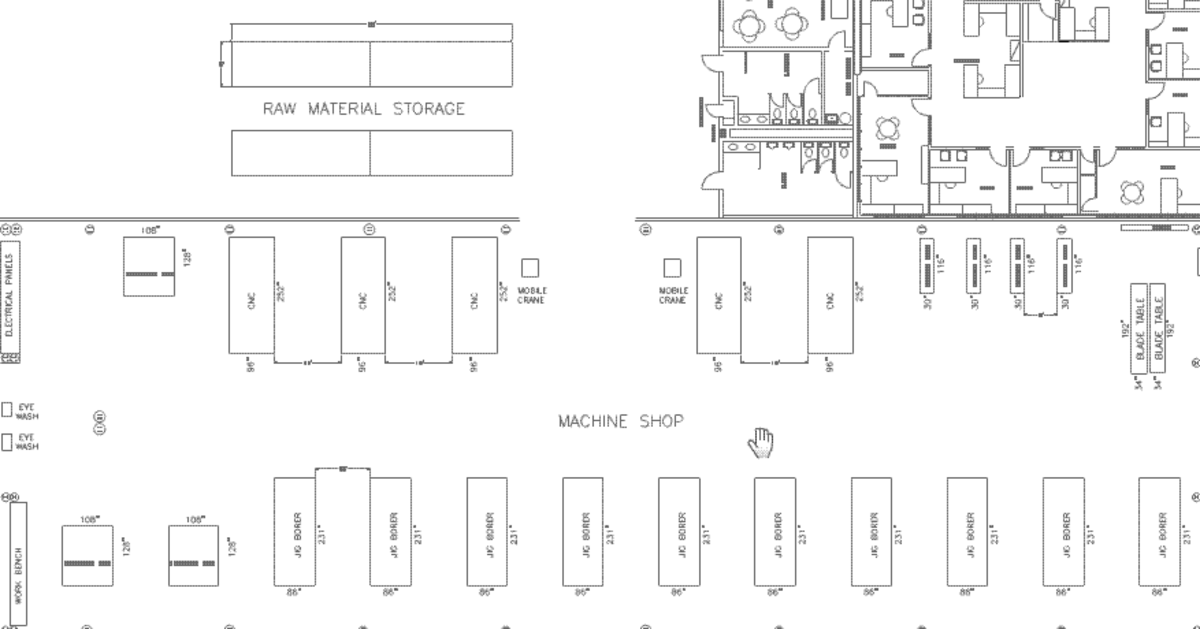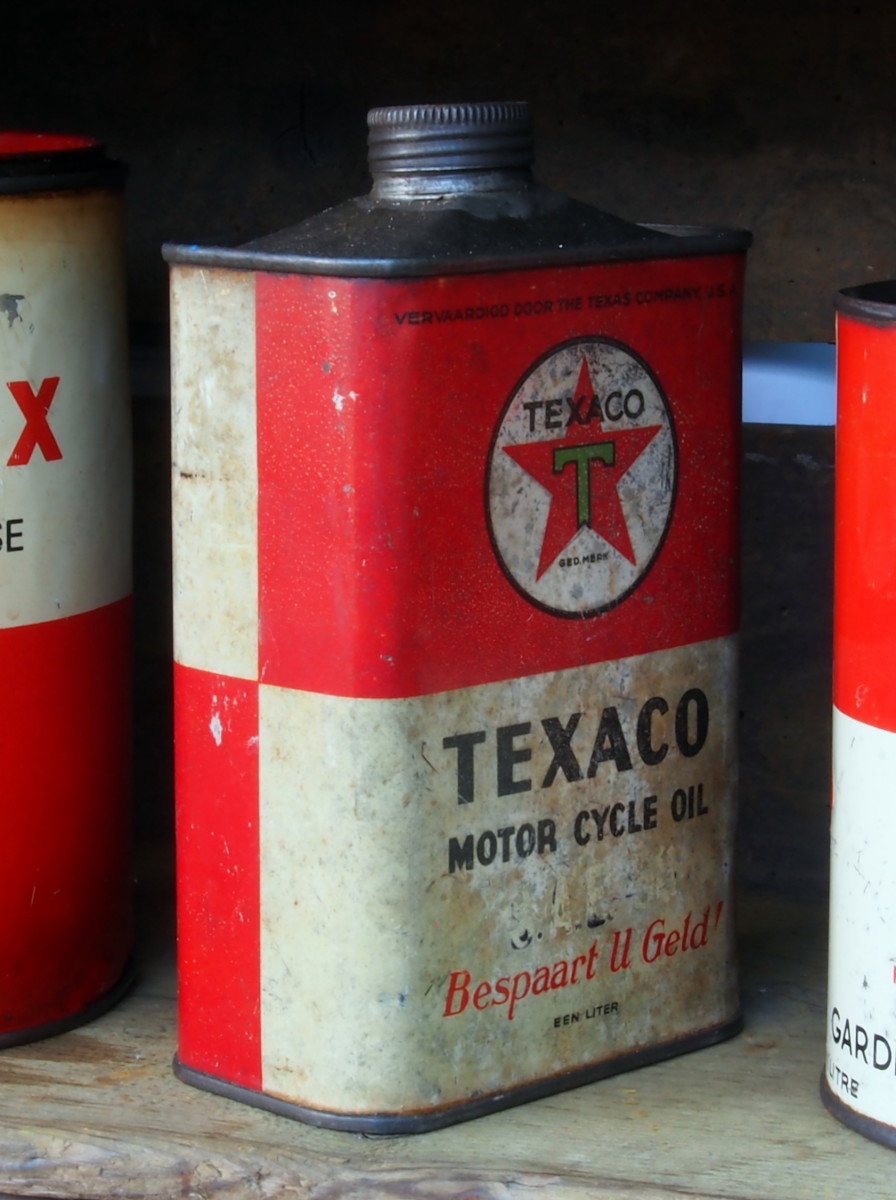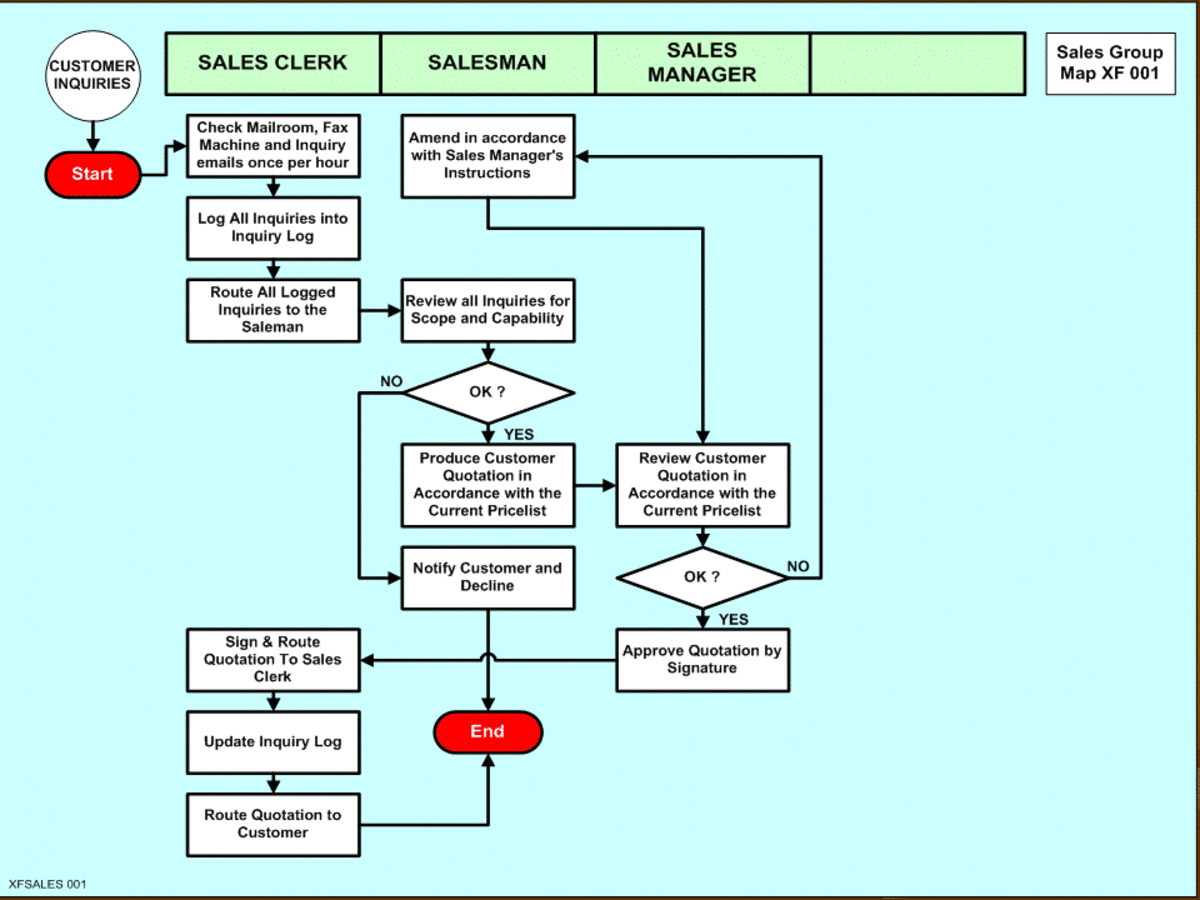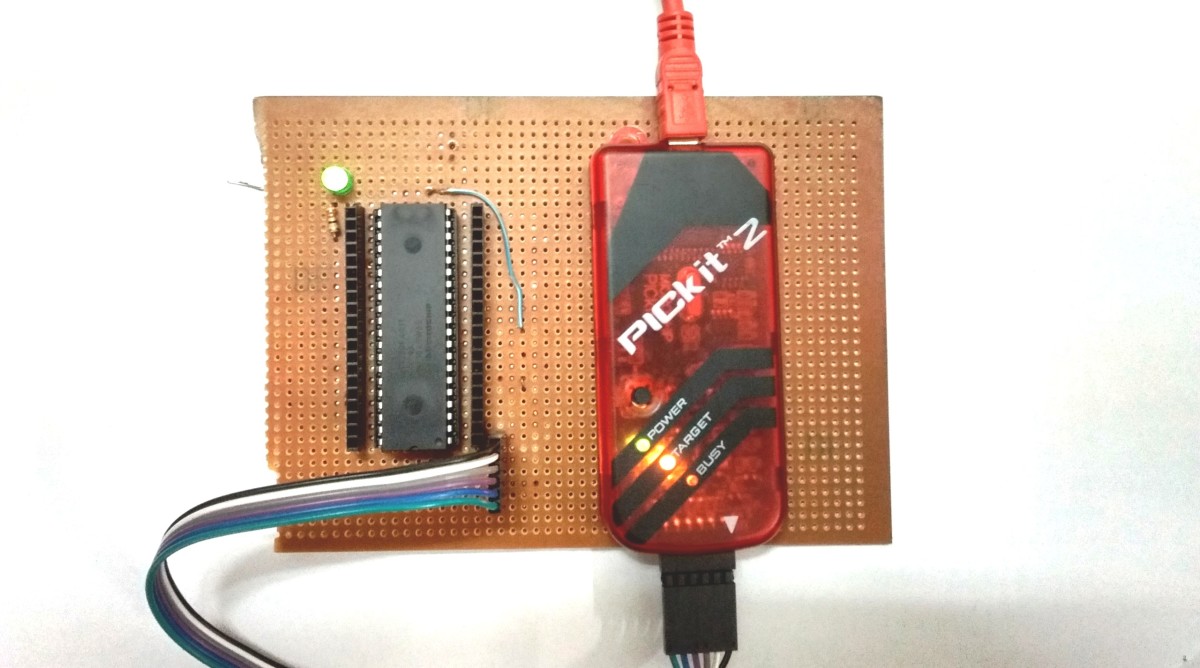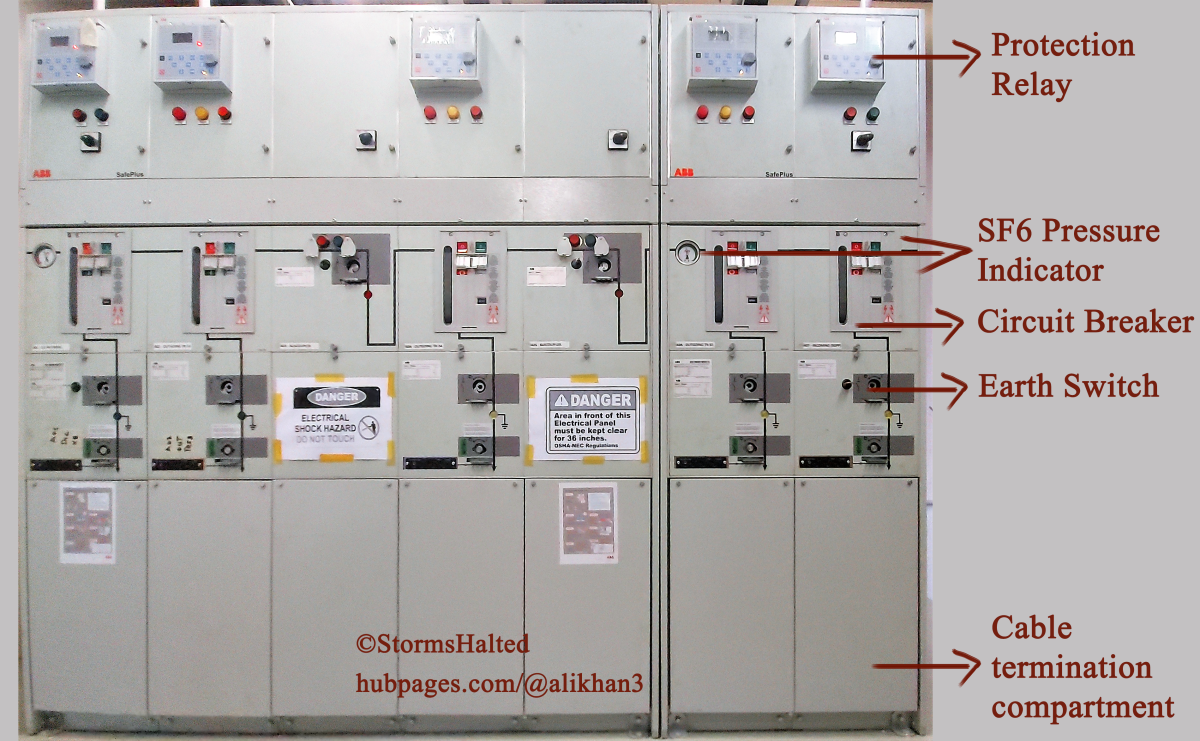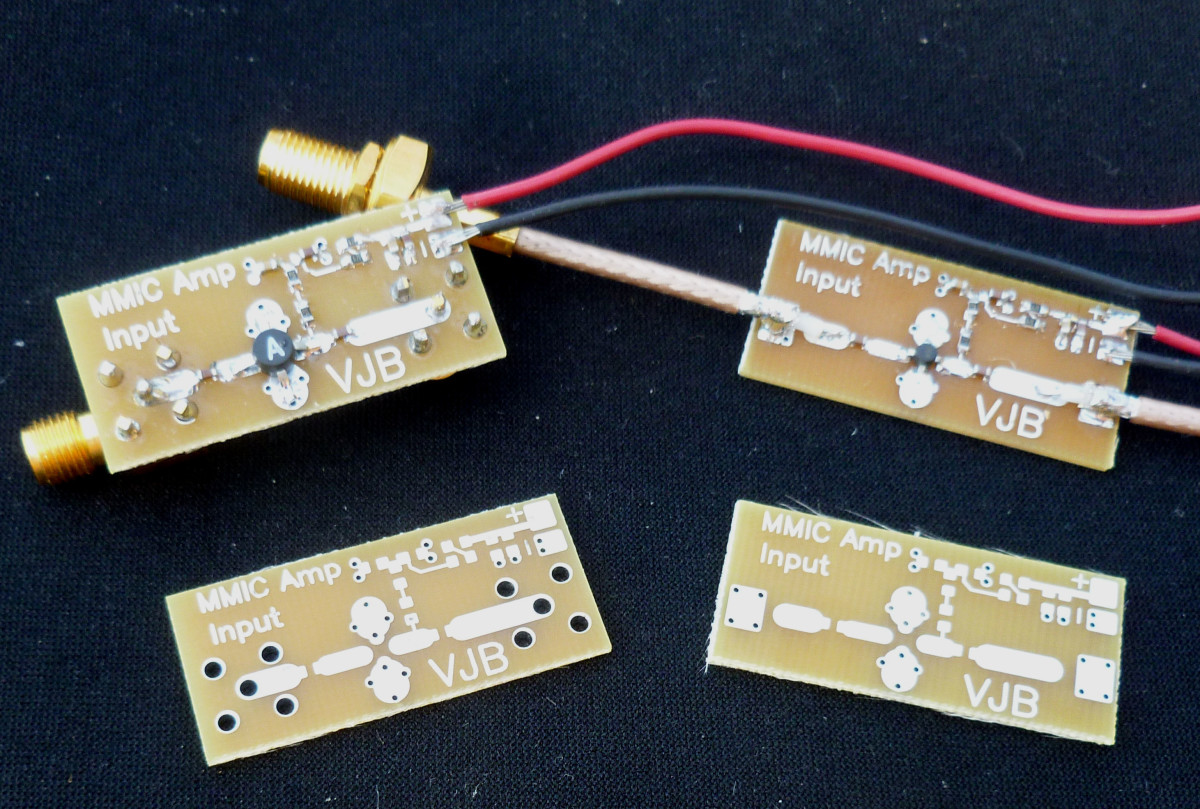Industry Standards for Lasers and Their Usage
The Main Industrial Standards for Lasers
ISO standard 11145 describes the vocabulary and symbols used in all other ISO standards involving lasers.
ISO standard 15616-1 outlines the acceptance tests for CO2 lasers used for cutting metal or welding items together. ISO 15616-2 gives the steps used to measure the laser’s accuracy.
ISO 15616-3 describes how the CO2 laser is calibrated to control the flow of CO2 gas and air pressure. What do you do if something goes wrong with the laser? There’s an ISO standard for that. ISO 11254 describes the method of determining the scope and degree of damage induced by a laser. This standard has three parts, 11254-1, 11254-2 and 11254-3.
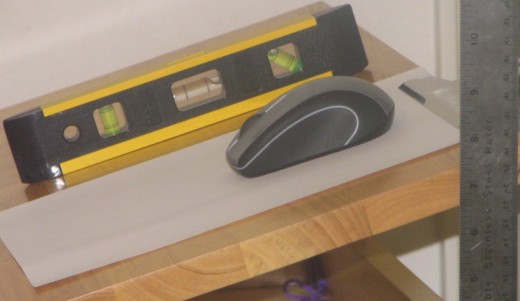
Laser Testing Standards
ISO 15367 outlines the test procedure used to determine a laser beam’s shape at the wave front. Standard 15367-2 applies to Shack-Hartman sensors while ISO 15367-1 focuses on the terminology and different types of laser beam wave types.
ISO 12005 describes how the polarization of the laser beam is determined. ISO 11670 outlines the test procedures for determining the beam positional stability, the ability of the laser beam to stay where it is pointed without wavering.
ISO standard 11146-3 describes the test methods for laser beam widths depending on its classification, such as stigmatic or simple astigmatic. ISO 11554 outlines the methods of testing the laser’s power output. ISO 13697 describes the testing procedures for determining transmittance.
ASME has fewer standards with regard to lasers than the ISO. ASME standards for lasers are focused on their performance when used in material testing or construction. ASME B89.4.19 describes how laser trackers are tested with regard to their alignment or misalignment, a crucial test given how often laser levels are used. ASME B89.1.8 defines how the performance of laser iterferometers is measured.

Laser Safety Standards
ANSI Z136.1 is the standard for the safe use of lasers.
ISO 11553-1 outlines the safety standards for laser processing machines. ISO 11553-2 gives the safety requirements for hand held laser processing devices like laser cutters and laser welding equipment. ISO 6161 described the recommended filters and eye protection to be used by those working around lasers. Without proper eye protection, looking into a laser or having one shined into your eye can leave you blind.
ANSI/IEEE standard C95.1 is the standard for RF exposure levels to the human eye. ANSI/IEEE standard C95.2 describes the standard radio frequency (RF) hazard warning symbol.
Standards on the Usage of Lasers
ISO standard 24235 describes how the size of ceramic particles is determined using laser diffraction. ISO 13320 is the general standard for determining particle size using laser diffraction. ISO 18755 describes how thermal diffusivity, or the ability of ceramics to conduct heat, is found using a laser flash method.
Lasers can measure changes in the vibration rate faster than many other forms of sensors. ISO 16063 describes how lasers are used to calibrate vibration in shock transducers.
Medical Laser Standards
If you have considered laser surgery to avoid going under the knife, you can rest assured that there are formal standards that apply to medical lasers and their usage.
ISO 11991 provides guidance, though not formal standards, for doctors when using lasers in the upper airway. This guidance applies to procedures such as removing papillomas from the larynx or using a laser to remove excess tissue blamed for sleep apnea or snoring. ISO 14408 apples to the tracheal tubes designed to be used during laser surgery.

